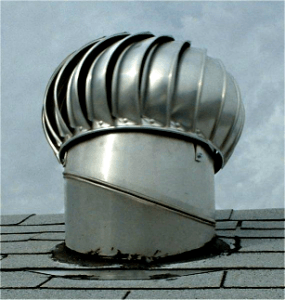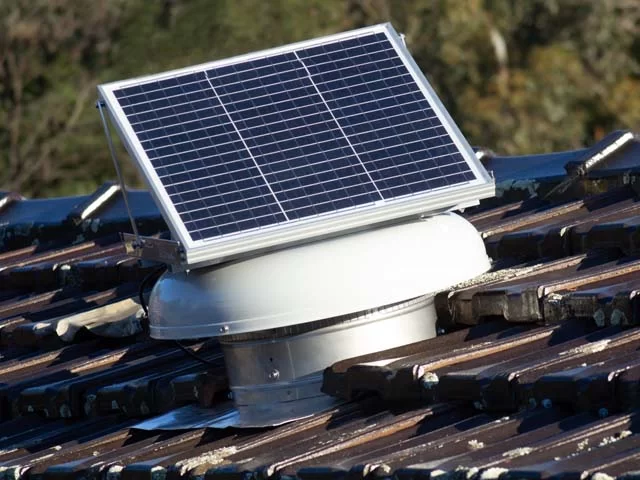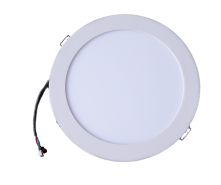Windmaster Whirlybird from Edmonds
The Windmaster Whirlybird is probably the best-known product name in Edmonds line of roof whirlybirds. There is a wide range of whirlybirds in the Australian roof ventilation market. The Windmaster Whirlybird might be the benchmark for roof whirlybirds in general.
Windmaster Whirlybird – Design and Purpose
The Windmaster is like other whirlybirds, designed as a wind-driven turbine ventilator to exhaust heat and condensation from a roof space.
Like other roof whirlybirds, it is designed for simple roof vent installation. What sets the Windmaster whirlybird apart from other whirlybirds is the lightweight aluminium construction – and the wide range of colours available.
As a general rule – the larger the diameter of the whirlybird – the more air it will be capable of removing. For domestic whirlybirds, the 300 mm is at the larger scale of the spectrum. However, there are limits to what can be achieved with the classic design of wind-driven turbine ventilators.
Firstly, these limits are defined by the wind available to make the roof whirlybird spin. Secondly, by the temperature difference between the roof space and the outside ambient temperature.
Roof Whirlybirds

Whirlybird roof ventilators are ineffective sources of airflow for your home.
There is a huge range of roof whirly birds available in Australia. If you drive through the suburbs of most Australian towns you will see roof turbine ventilators spinning on a great many roofs.
Whirlybirds have been a part of Australian roofs for a very long time. So long that a Google search won’t reveal the answer, or even who invented them!
What will you find? A lot of articles discuss whether Whirlybirds still deserve to be as popular as they are!
In our opinion – there are far better whirlybirds alternative around. These products have adapted to current requirements and expectations by incorporating new technology!
However, it is easy to see the appeal of roof whirlybirds:
Easy Roof Vent Installation & No Energy Consumption
Easy roof vent installation and zero energy consumption have always been the main arguments for installing roof whirlybirds! to try to combat the build-up of heat in Australian roofs.
However, there are always alternatives! We believe that as new technologies surface, time is starting to run out for the old-fashioned whirlybirds. Enter the new era of solar whirlybirds!
Solar whirlybirds represent an even easier roof vent installation than standard whirlybirds. They incorporate their own solar panel and therefore don’t consume any energy either. The main difference is their ability to move large amounts of air – regardless of wind and temperature.
Continue to read here for a detailed examination of the pros and cons of Whirlybirds.
New Airflow Capacity Benchmark
The Solar Whiz roof ventilator was introduced to Australia in 2010 and has given the Windmaster Whirlybird a run for its money.
Edmonds, who manufactures the Windmaster, does not publish its airflow capacity, however, the average wind-driven roof ventilator moves approx 100 cubic meters per hour at 12 km/h winds.
The Solar Whiz domestic range offers units with capacities from 700 cbm/h to 2,300 m³/h.
Please read on here, if you would like to learn more about how the Solar Whiz whirlybird compares with conventional whirlybirds, like the Windmaster Whirlybird, which for many decades have been sitting on a dominant portion on Australian roofs.




